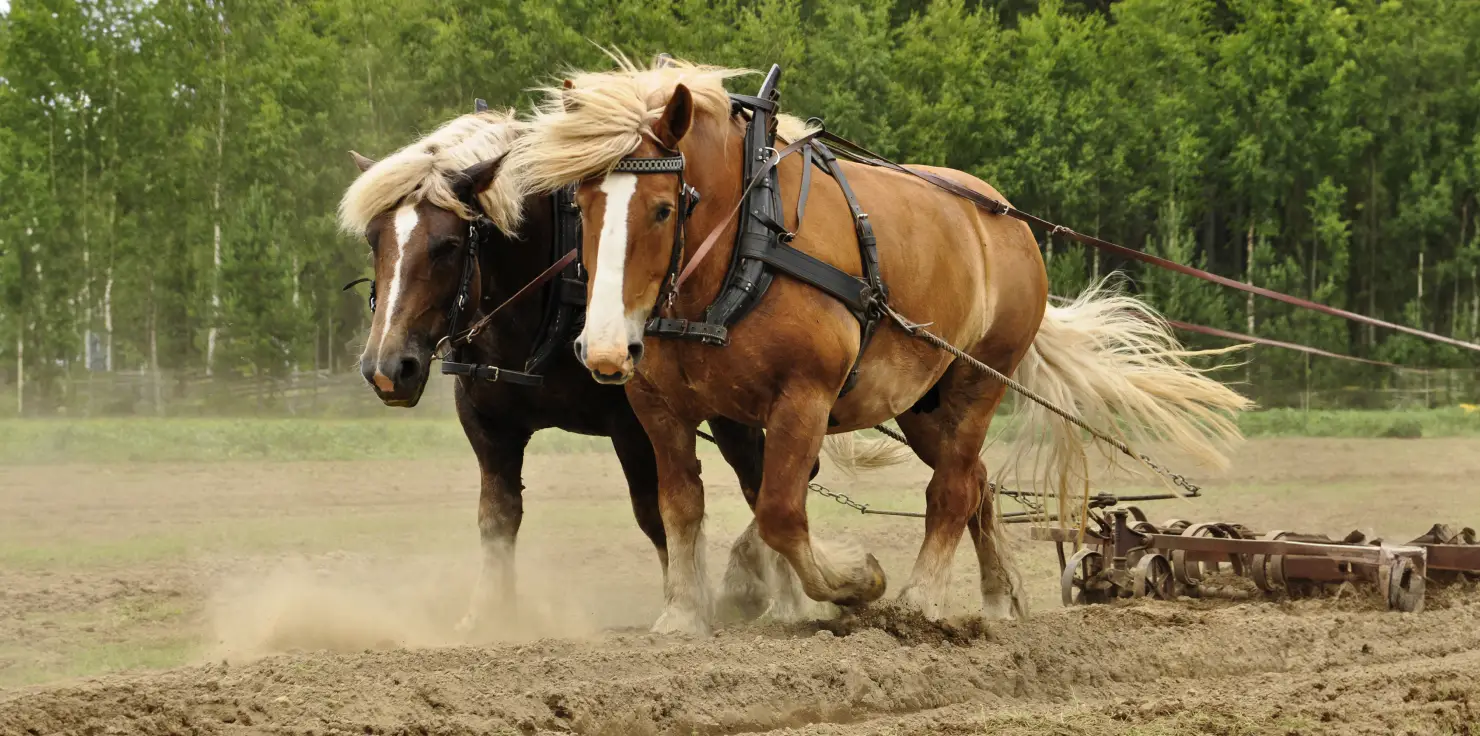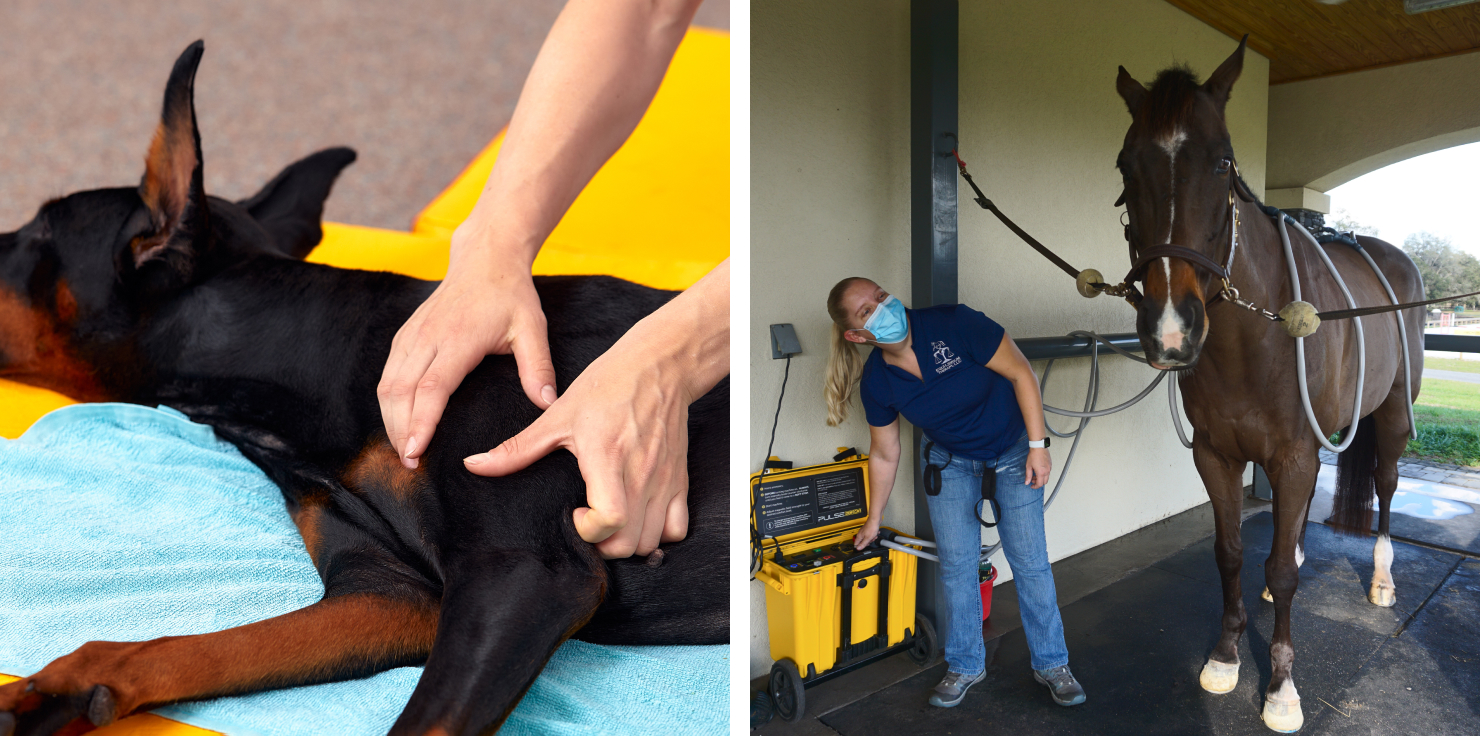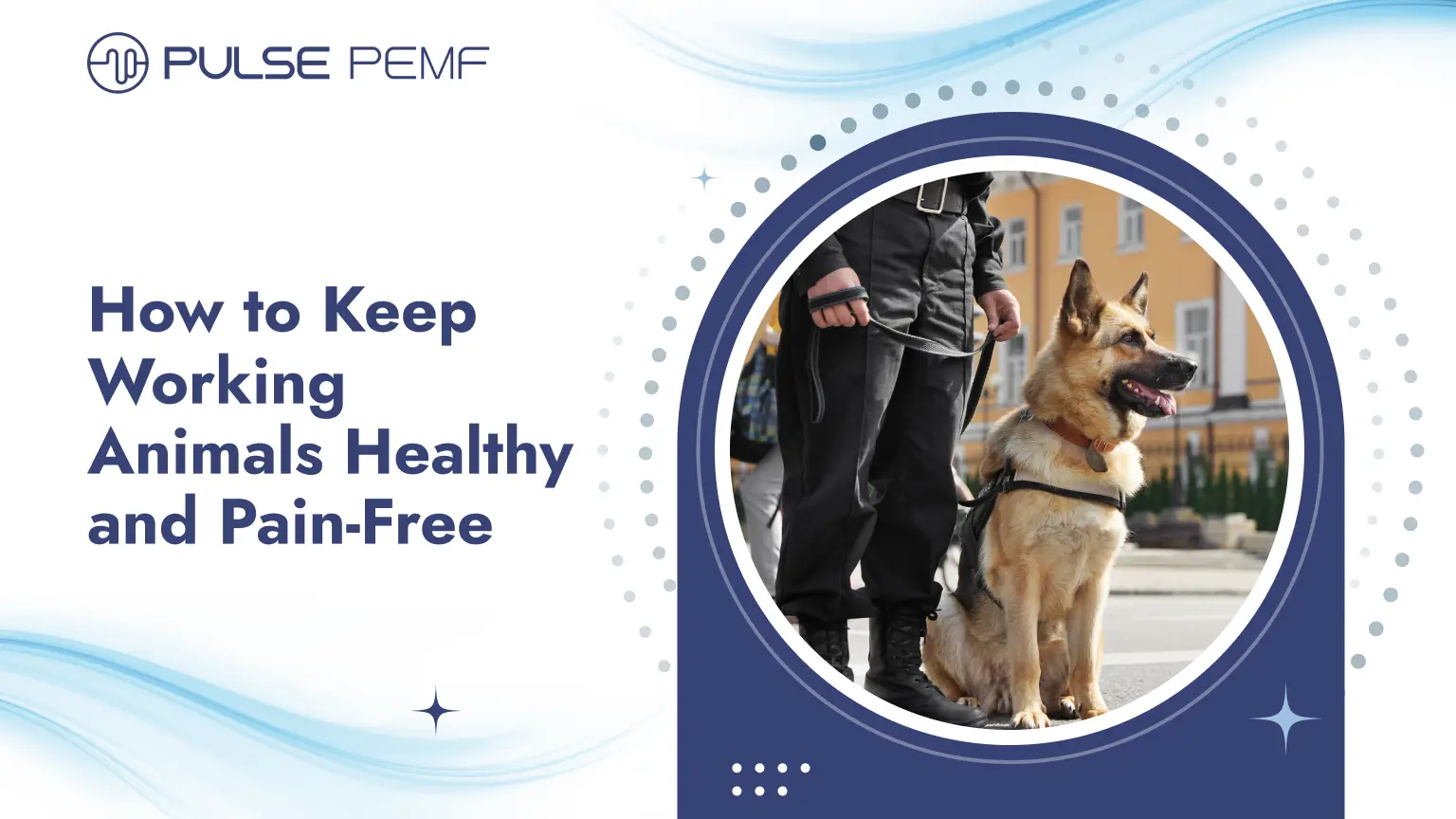Working animals play a vital role in our lives, from providing assistance to performing demanding physical tasks. Keeping these incredible animals healthy and pain-free is essential for their well-being and ensures they can continue to do their important jobs.
This blog will explore practical strategies for maintaining the health and comfort of various working animals. These could include service dogs, farm animals, police dogs, therapy animals, and equine athletes. Learn how to optimize their care for long-term productivity and happiness!
Understanding the Physical Demands on Working Animals
Types of Roles and Responsibilities
Working animals perform a variety of demanding physical tasks. Some examples include herding, guarding, pulling carts or sleds, carrying loads, providing therapeutic support, and participating in athletic competitions. Each role comes with its own unique set of physical challenges.
Common Physical Challenges
Because of the nature of their work, working animals are susceptible to several common physical challenges.
Repetitive stress injuries, like tendonitis, can develop from the constant repetition of specific movements. Joint and muscle strain are also common, especially for animals performing strenuous activities. Overexertion and fatigue can lead to injuries and impact performance.
Recognizing these potential challenges is the first step in preventing and managing them!
Key Practices for Maintaining Health in Working Animals

Keeping working animals in top condition requires a proactive and comprehensive approach. Here are some key practices to ensure their health and well-being:
Proper Nutrition and Hydration
Just like human athletes, working animals need the right fuel to perform at their best. A balanced, species-specific diet is essential for providing the necessary nutrients. Consistent access to clean, fresh water is also crucial, especially during periods of intense activity. Supplements, such as those supporting joint and muscle health, may also be beneficial, but it’s always best to consult with a veterinarian before adding them to your animal’s diet.
Regular Veterinary Check-Ups
Preventive care is key to maintaining the health of working animals. Regular veterinary check-ups, including vaccinations, deworming, and dental care, are essential for preventing common illnesses. Routine exams also allow for the early detection of any health issues, which can significantly improve treatment outcomes.
Proper Training and Conditioning
Building up endurance and strength gradually is crucial for preventing injuries. Avoid pushing your working animal too hard too quickly. Incorporating regular rest periods into their training schedule is equally important. This allows their muscles and joints to recover and prevents overexertion.
Optimal Living Conditions
Providing a safe and comfortable living environment is a fundamental aspect of animal care. Shelter that protects against extreme weather conditions is essential. Clean and comfortable bedding can help prevent sores and injuries, especially for animals that spend a lot of time lying down.
Weight Management
Maintaining a healthy weight is important for preventing undue stress on joints and muscles. Overweight animals are at a higher risk of developing joint problems and other health issues. For animals that carry loads, using appropriate gear or equipment that distributes weight evenly is also vital.
Preventing and Managing Pain in Working Animals

Identifying Signs of Pain and Discomfort
Animals can’t tell us when they’re in pain the same way humans can, so it’s essential to be observant.
Look for behavioral indicators like limping, reluctance to work, or even increased aggression, which can sometimes be a sign of underlying pain. Physical signs such as swelling, abnormal posture, or guarding a particular area can also indicate discomfort.
Pain Management Strategies
If you suspect your working animal is in pain, consult with your veterinarian. They can recommend appropriate pain management strategies, which may include anti-inflammatory medications. Never give your animal any medication without veterinary approval.
Therapeutic activities like swimming or light stretching, under the guidance of a vet or animal rehabilitation specialist, can also be beneficial in managing pain and improving mobility.
Importance of Rest and Recovery
Rest and recovery are just as important as work itself. Establish a routine that includes regular breaks during work periods. For animals that perform repetitive tasks, rotating duties can help reduce stress on specific areas of the body and prevent overuse injuries.
Incorporating Wellness Practices for Longevity

Supporting the long-term health and well-being of working animals goes beyond just addressing immediate needs. Incorporating proactive wellness practices can help them stay healthy and active for longer!
Massage and Physical Therapy
Massage can be incredibly beneficial for working animals. It helps improve circulation, relieve muscle tension, and promote relaxation. Physical therapy, including targeted exercises, can help maintain mobility, reduce stiffness, and improve joint function. Consult with a certified animal massage therapist or a veterinary rehabilitation specialist to learn appropriate techniques for your working animal.
Regular Exercise Tailored to Their Role
While working animals are often active, it’s important to ensure they also get regular exercise tailored to their specific role. Activities that promote overall fitness while being low-impact are ideal. Swimming, walking, and controlled trotting are good examples. The intensity of the exercise should be adjusted based on the animal’s age, condition, and the demands of their job.
Use of Advanced Wellness Tools
Advanced wellness tools can also play a significant role in supporting the health and longevity of working animals.
PEMF (Pulsed Electromagnetic Field) machines, for example, promote optimal cellular function and natural recovery support. This can be especially beneficial for working animals, potentially helping to maintain mobility, joint health, energy levels, and comfort—all crucial factors for their performance and well-being!
By supporting the body’s natural healing processes, PEMF may help working animals stay active for longer. Learn more about this cell-energizing, wellness-boosting therapy on our website!
Keep Your Working Animals Happy And Healthy!
Keeping working animals healthy is not just an act of compassion – it’s essential for their productivity and longevity. Proactive health management, including proper nutrition, regular exercise, veterinary care, and pain management strategies, is key to ensuring these animals can continue to perform their vital roles.
We encourage all animal handlers to integrate these wellness practices into their routines. Plus, consider exploring tools like PEMF devices to support recovery, enhance comfort, and optimize the well-being of your working animals. By prioritizing their health, we ensure they continue to contribute and thrive for years to come!












